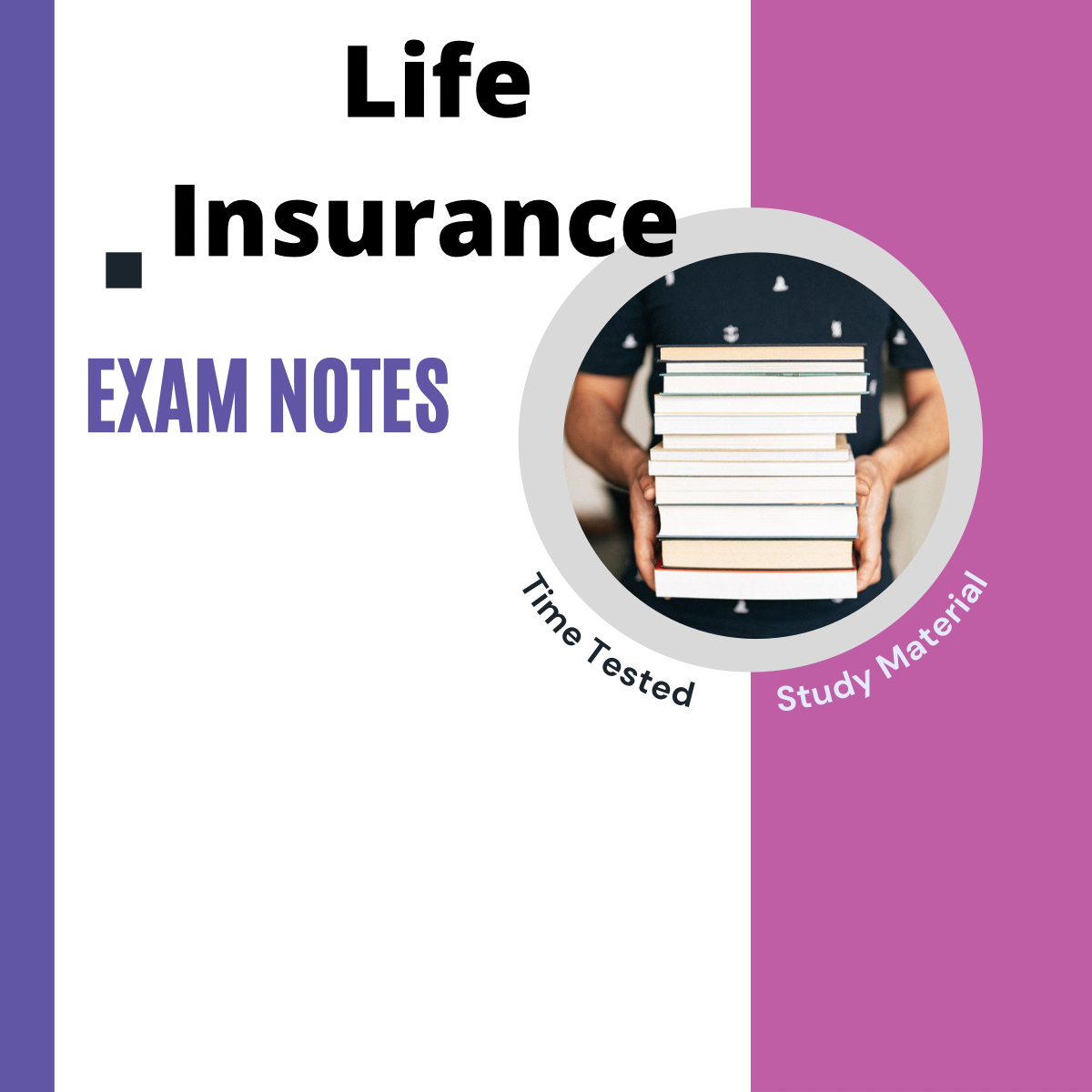What Does Pacific Prime Mean?
What Does Pacific Prime Mean?
Blog Article
The 8-Second Trick For Pacific Prime
Table of ContentsThe Pacific Prime IdeasPacific Prime for BeginnersRumored Buzz on Pacific PrimeMore About Pacific PrimeHow Pacific Prime can Save You Time, Stress, and Money.

This is since the data were gathered for a duration of strong financial performance. Of the approximated 42 million individuals that were without insurance, just about concerning 420,000 (about 1 percent) were under 65 years old, the age at which most Americans end up being qualified for Medicare; 32 million were adults between ages 18 and 65, around 19 percent of all grownups in this age; and 10 million were youngsters under 18 years of age, about 13.9 percent of all kids (Mills, 2000).
These quotes of the variety of individuals uninsured are created from the yearly March Supplement to the Existing Population Survey (CPS), carried out by the Census Bureau. Unless otherwise kept in mind, nationwide price quotes of people without medical insurance and proportions of the population with different kinds of protection are based upon the CPS, the most commonly utilized resource of estimates of insurance protection and uninsurance prices.
The Definitive Guide for Pacific Prime

Still, the CPS is especially valuable since it produces yearly price quotes reasonably swiftly, reporting the previous year's insurance protection approximates each September, and since it is the basis for a regular set of price quotes for even more than two decades, permitting evaluation of fads in protection with time. For these factors, as well as the substantial usage of the CPS in various other researches of insurance policy coverage that exist in this record, we count on CPS estimates, with limitations noted.

The quote of the number of without insurance people increases when a populace's insurance policy standing is tracked for numerous years. Over a three-year period beginning early in 1993, 72 million individuals, 29 percent of the U.S. https://iridescent-horse-hspdzg.mystrikingly.com/blog/welcome-to-pacific-prime. populace, were without insurance coverage for at the very least one month. Within a single year (1994 ), 53 million people experienced at least a month without insurance coverage (Bennefield, 1998a)
Six out of every ten uninsured grownups are themselves used. Working does improve the chance that one and one's family participants will certainly have insurance coverage, it is not a guarantee. Even participants of family members with two full time wage earners have nearly a one-in-ten chance of being uninsured (9.1 percent without insurance price) (Hoffman and Pohl, 2000).
Rumored Buzz on Pacific Prime
New immigrants account for a considerable percentage of individuals without medical insurance. One analysis has associated a considerable part of the recent development in the dimension of the united state without insurance population to immigrants who got here in the nation in between 1994 and 1998 (Camarota and Edwards, 2000). Current immigrants (those who involved the United States within the previous 4 years) do have a high rate of being uninsured (46 percent), however they and their youngsters represent just 6 percent of those without insurance policy country wide (Holahan et al., 2001).
The connection in between health insurance policy and accessibility to care is well developed, as documented later in this chapter. The partnership in between health insurance policy and health and wellness outcomes is neither direct nor basic, a you could look here comprehensive clinical and health and wellness solutions research literary works web links wellness insurance policy protection to better accessibility to care, better high quality, and improved individual and populace wellness condition.
Degrees of analysis for checking out the effects of uninsurance. This discussion of medical insurance protection concentrates primarily on the U.S. population under age 65 because virtually all Americans 65 and older have Medicare or other public protection. In addition, it concentrates specifically on those without any kind of health and wellness insurance policy for any length of time.
Pacific Prime Things To Know Before You Get This
The problems faced by the underinsured are in some aspects similar to those encountered by the without insurance, although they are normally less extreme. Health insurance coverage, nevertheless, is neither needed nor sufficient to obtain access to medical services. The independent and direct impact of wellness insurance policy coverage on access to health solutions is well established.
Others will certainly obtain the health and wellness care they need also without medical insurance, by spending for it out of pocket or seeking it from service providers that offer treatment cost-free or at highly subsidized rates. For still others, medical insurance alone does not ensure invoice of care due to other nonfinancial obstacles, such as an absence of health treatment carriers in their community, limited accessibility to transportation, illiteracy, or etymological and cultural distinctions.
Some Known Incorrect Statements About Pacific Prime
Official research study about uninsured populations in the United States dates to the late 1920s and early 1930s when the Committee on the Cost of Treatment produced a collection of reports regarding funding doctor workplace visits and hospitalizations. This issue came to be prominent as the numbers of clinically indigent climbed during the Great Clinical depression.
Report this page